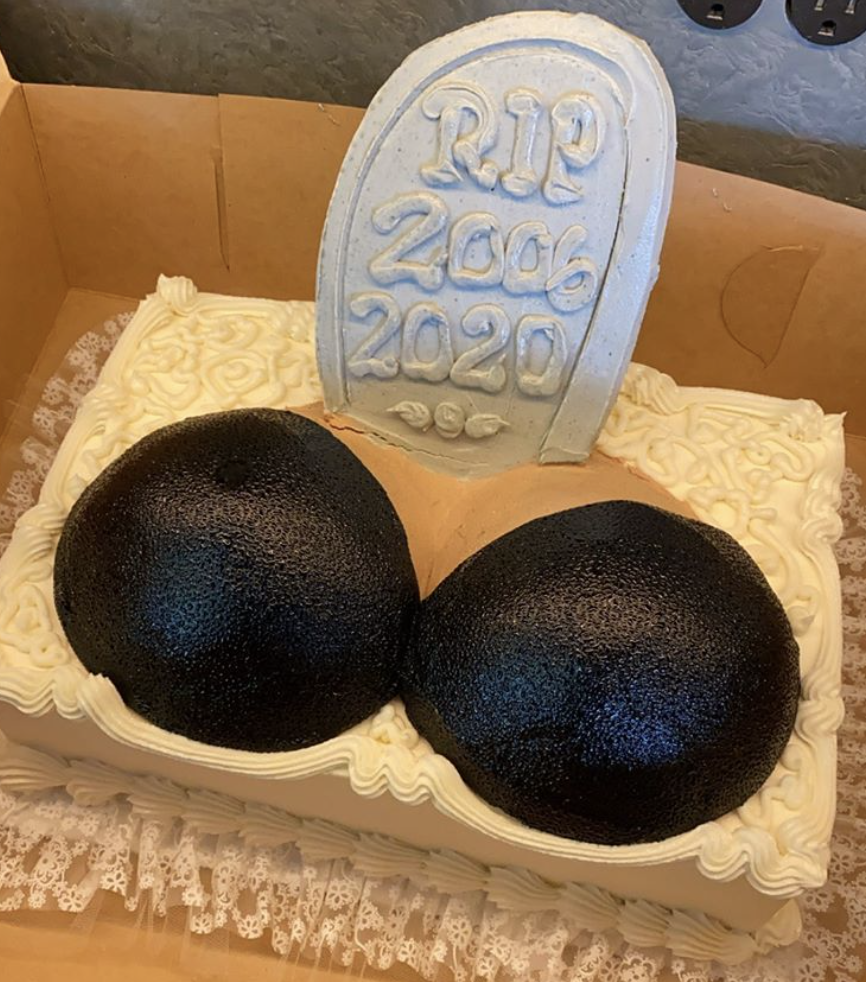

It was common (and is still relatively thought of as a good way to pay respect in Ireland) that friends of the family who did not know the deceased would still attend the wake, with close male friends and neighbors traditionally arriving late in the night to volunteer to sit with the body and letting the immediate family get some rest before the burial.

It was also common to have a drink for the deceased and so bringing a drop along with you would not be refused. Still, to this day, the wake is a sign of the strength of community in Ireland with neighbors and friends supporting the family with pot loads of tea and trays of sandwiches to feed the hoards arriving at their home to offer their condolences. All of the curtains in the house were also to be drawn but for the one window closest to the body which would be left open. On some occasions, a pipe was also laid on the deceased's chest.Ĭlocks were stopped at the time of death and the mirrors in the house were turned around or covered. Usually, a pipe and tobacco were placed on a table next to the body. The smoke kept evil spirits from finding the deceased. Every male caller was expected to take at least a puff. These customs included the laying of clay pipes, tobacco, and snuff in the room. Within the house itself there were also many traditions that had to be adhered to. The principal mourner stood at the head of the bed striking the first note or wail. As this lead poisoning often left drinkers in a catatonic state resembling death-á la the Father Ted episode in which Father Jack is thought to have met his maker-the mourners were required to keep a watchful eye on the body in case they'd made a terrible mistake.Ĭustom dictated that crying could not begin until after the body was prepared, for fear that evil spirits would be attracted to the body and would take the soul of the deceased.įemale keeners were often hired by the family, and they wailed and cried and recited poetry, lamenting the loss of the loved one. There is a myth that the tradition first came to Ireland as a result of the frequent lead poisoning suffered by drinkers of stout from pewter tankards.

The wake custom most likely has its roots in the ancient Jewish custom of leaving the burial chamber unsealed for three days with relatives returning during that time to check for any signs of life. Storytelling, mischief-making, and games were all part of the send-off in an attempt to ease the suffering of the deceased's family. Merrymaking was a common part of the traditional Irish wake and a major part of the grieving process in Ireland.Ī pagan ritual was the root of much of the goings-on at an Irish wake and much of the carrying-on was frowned upon by the church. Irish wakes are anything but a somber affair.


 0 kommentar(er)
0 kommentar(er)
